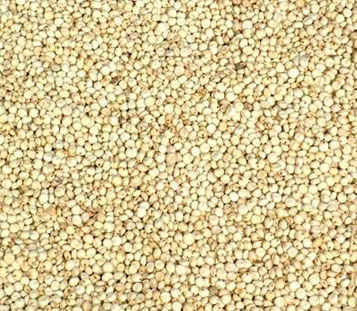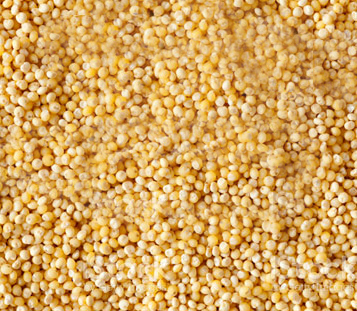PEC had been nominated as the canalizing agency for import of 500,000 MT Maize under the TRQ ( at zero duty, with Actual User Condition) for the year 2015-16. The mandate to import had been accorded to PEC in view of the market scenario that saw low and expensive arrivals, and in some cases, unviable items for the starch and feed (both poultry and cattle feed) industry, leading to losses in the industry. To cater to the requirements of the local industry, therefore, PEC imported almost 2.3 lac MT non-GMO yellow maize from Ukraine in the period of Jan-Mar 2016, meeting the following specifications:
Maize is one of the most important cereal crops of the world and contributes to food security in most of the developing countries. In India, maize is emerging as third most important crop after rice and wheat. The importance is only set to rise as it is now increasingly used in industry -- corn starch industry, corn oil production, and bio-fuels etc., above and beyond its traditional uses as food, and cattle and poultry feed.
Maize is largely a kharif crop, with 85% of the area cultivated during this season. India produces around 20 - 22 million MT maize annually, and the majority of it is produced in Karnataka, Andhra Pradesh / Telangana, Rajasthan, Bihar and Madhya Pradesh (mentioned here in no particular order).
While India is more or less self-sufficient in this commodity, even producing enough to export in most years, it has had to import in years of severe drought, which has happened twice in the previous two decades. PEC had the most important role to play during both these phases, being that maize attracts 50% duty on imports, and imports at zero duty under the tariff-rate quota (TRQ) are allowed only through state-trading enterprises (STE’s).
Specifications
MOISTURE 14.0 PCT
BROKEN GRAINS 4.0 PCT
FOREIGN MATTER 1.0 PCT
HEAT DAMAGED KERNEL 0.2 PCT
DAMAGED KERNEL 5.0 PCT
MAIZE (NON-GMO) OF OTHER COLOUR THAN YELLOW 5.0 PCT
ORGANOLEPTIC NATURAL
Past Performance
The imports happened through global tenders to realise the lowest possible prices of the Indian consumers, and with strict requirements for adherence to the Indian phytosanitary rules.
In years of surplus, PEC has also extended financing facilities to local associates for aiding in domestic procurement and exports.







